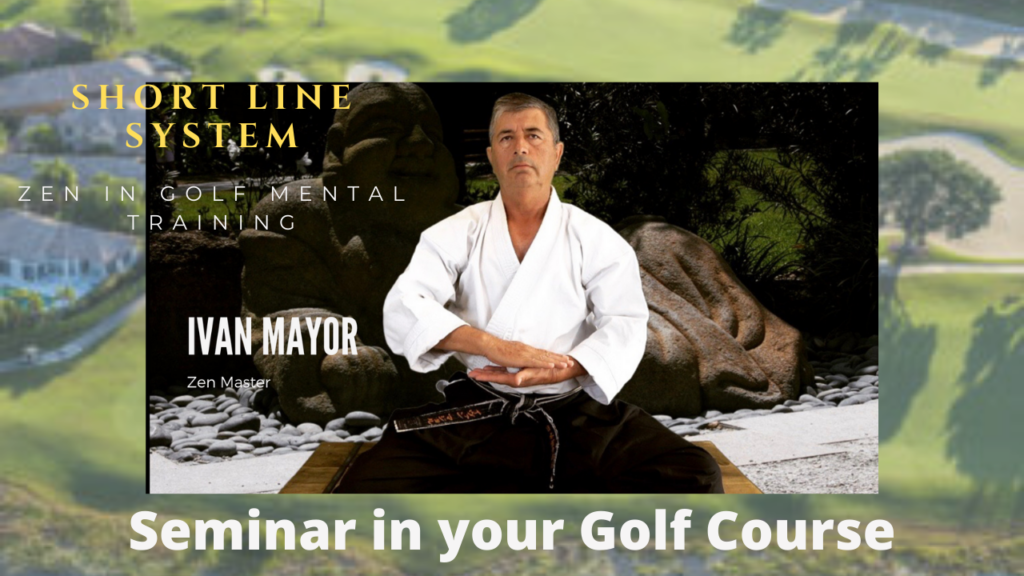The Importance of Ki Breathing in Golf Swing
Golf is a sport that combines physical skill with mental concentration. To achieve a precise and effective golf swing, it is essential to consider various technical and mental aspects. One of the fundamental elements often overlooked is breathing. Ki breathing, derived from Zen practice, greatly influences the movement of the golf swing. In this article, I will explain the importance of Ki Breathing in the swing and how it can make a difference in your game.
What is Ki Breathing?
Before delving into the relationship between Ki Breathing and golf, it is important to understand what Ki Breathing is. Ki is a Japanese word that refers to vital energy or inner strength that we all possess. In Zen practice, Ki Breathing is used to connect with this energy and achieve a state of presence and mental balance. It involves conscious and deep breathing, focusing on each inhalation and exhalation to be fully present in the moment.
The Importance of Concentration
One of the most critical aspects in golf is concentration. In each swing, the golfer must fully focus on the ball and the target. The mind must be free from distractions and tensions to execute a precise movement. This is where Ki Breathing comes into play.
When practicing Ki Breathing, we learn to concentrate on each breath, on each present moment. This helps calm the mind and free us from anxious or negative thoughts that can interfere with our swing. The concentration developed through Ki Breathing allows us to visualize our target clearly and stay focused on the present, eliminating concerns about the end result.
Muscle Tension Control
Another fundamental benefit of Ki Breathing in golf is muscle tension control. When we are tense, our muscles contract and limit our range of motion. This can lead to uncoordinated and erratic swings.
Ki Breathing promotes muscle relaxation. By breathing deeply and consciously, we release accumulated tension in the muscles, allowing us to maintain a smooth and fluid swing. Proper breathing also enhances flexibility and range of motion, contributing to greater control over the club and greater precision in ball impact.
Stress and Pressure Management
Golf is a sport that often involves pressure and stress, especially in competitive situations. Ki Breathing is an invaluable tool for managing these tensions. When facing a crucial putt or a difficult shot, conscious breathing can help us maintain calmness and confidence.
By breathing deeply and focusing on our Ki Breathing, we can reduce anxiety and pressure. This enables us to make clearer decisions and execute movements with greater precision, even in high-pressure situations.
How to Integrate Ki Breathing into Your Game
To integrate Ki Breathing into your golf game, you can follow these steps:
Mental Preparation: Before each swing, take a moment to breathe deeply and focus on your Ki Breathing. Visualize your target and relax your mind.
Breathing During the Swing: During the swing, maintain a steady and deep breath. This will help you maintain concentration and muscle relaxation throughout the movement.
Stress Control: In high-pressure situations, remember to use Ki Breathing to maintain calmness and confidence.
Regular Practice: Consistent practice of Ki Breathing off the golf course will help you naturally integrate it into your game.
Conclusion
In summary, Ki Breathing is a powerful tool that can significantly improve your golf game. From concentration to muscle tension control and stress management, Ki Breathing offers tangible benefits for any golfer. By incorporating this practice into your routine, you can experience increased accuracy, consistency, and satisfaction in your performance on the golf course. Remember that golf is a sport that combines the mind and body, and Ki Breathing helps you find the perfect balance between the two.
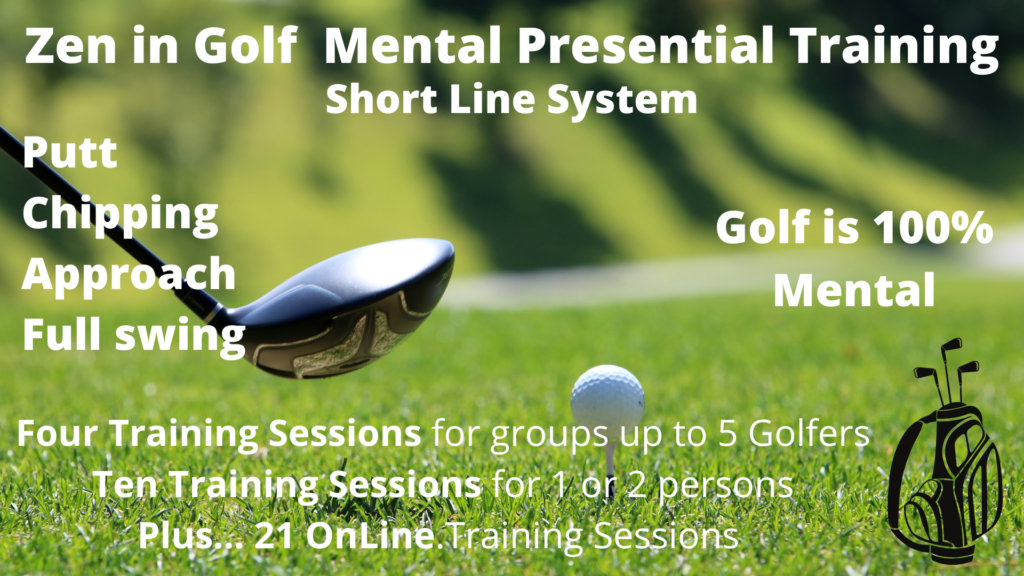
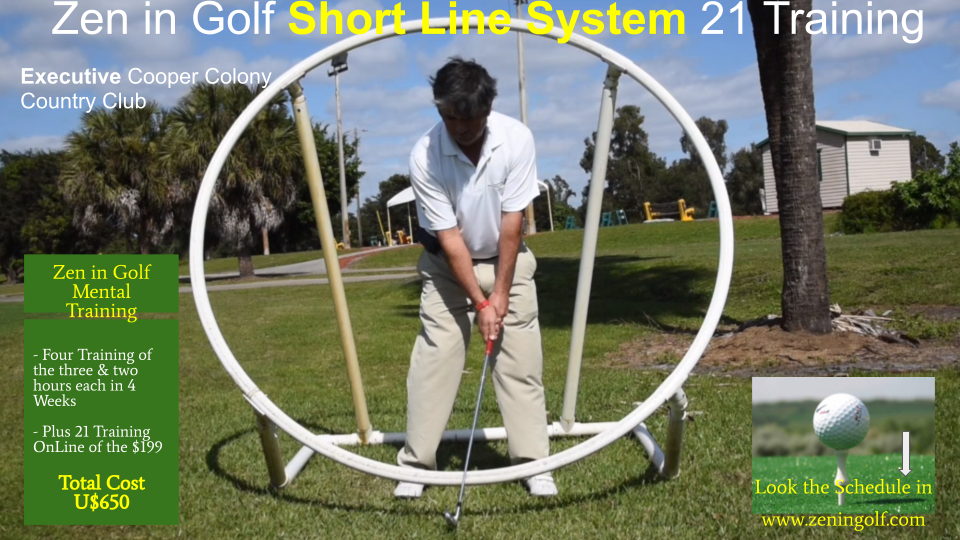
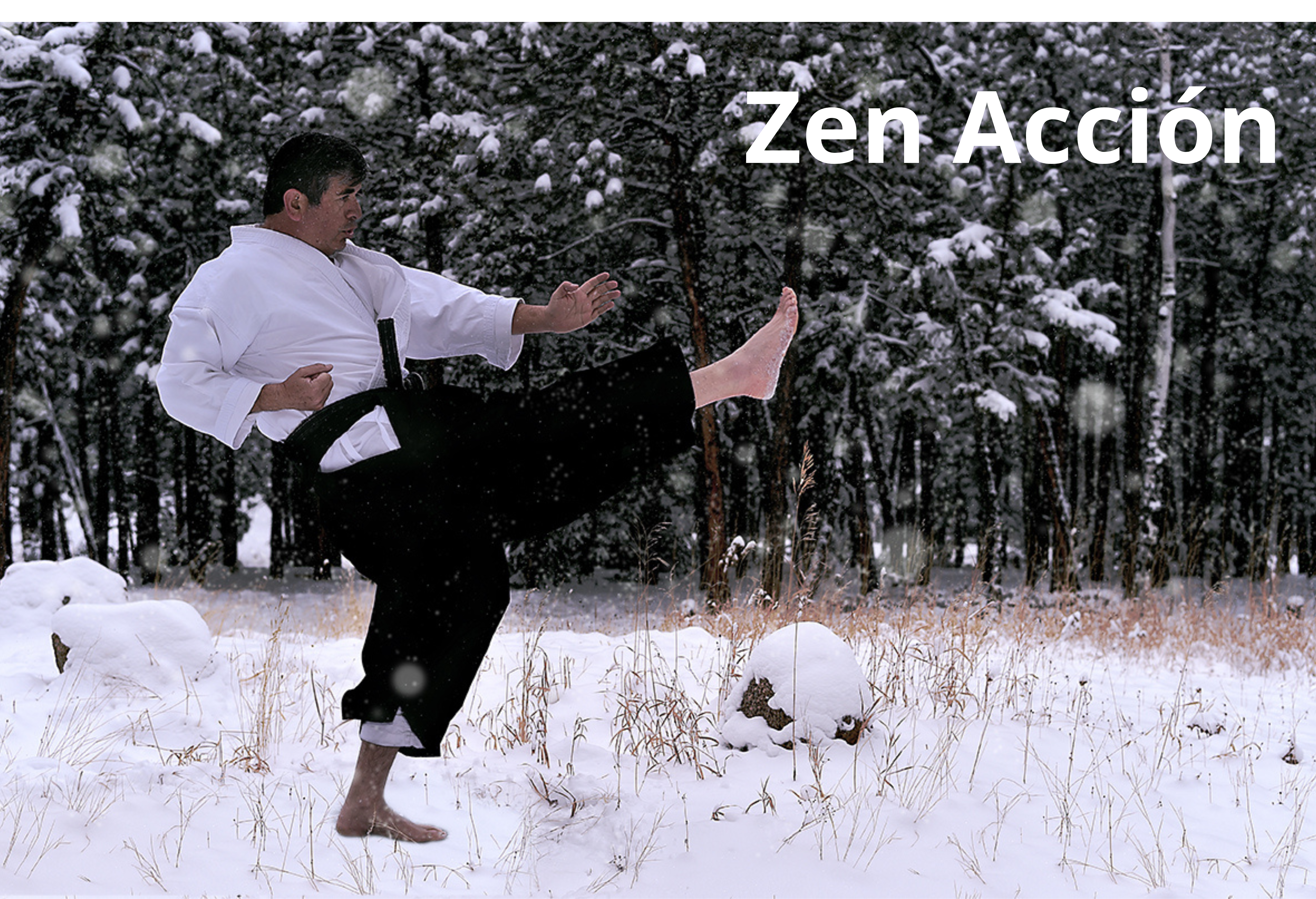
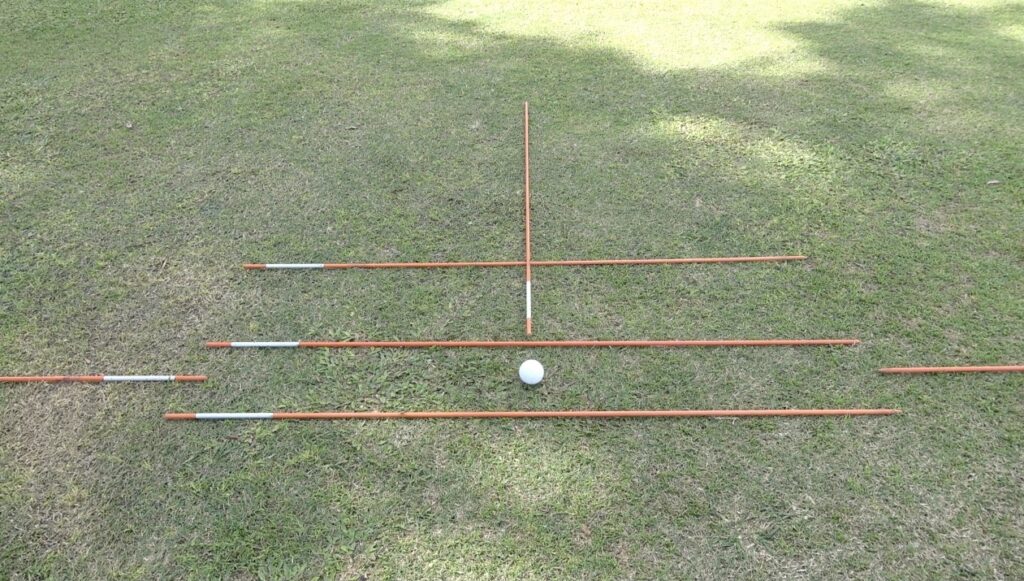
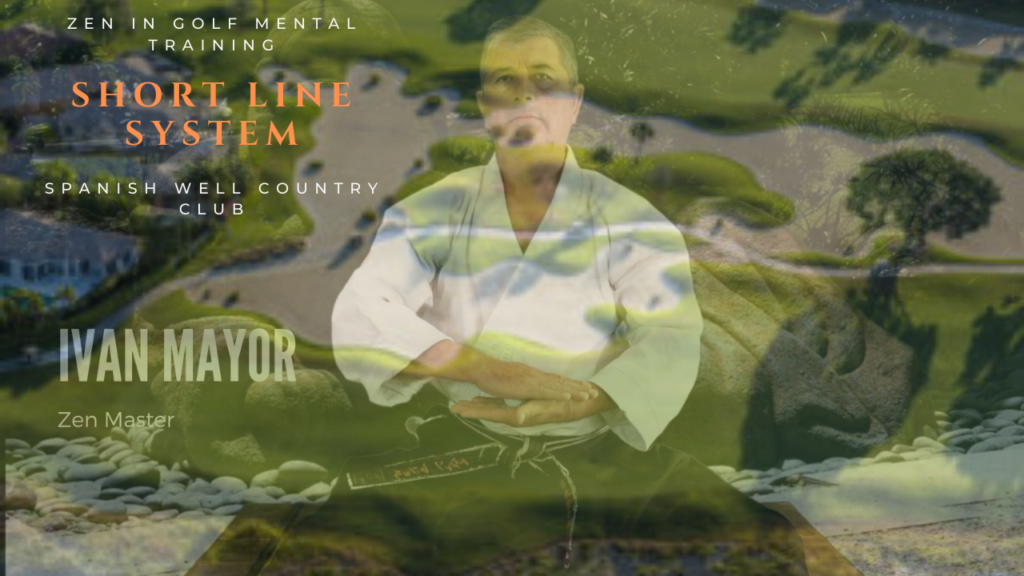

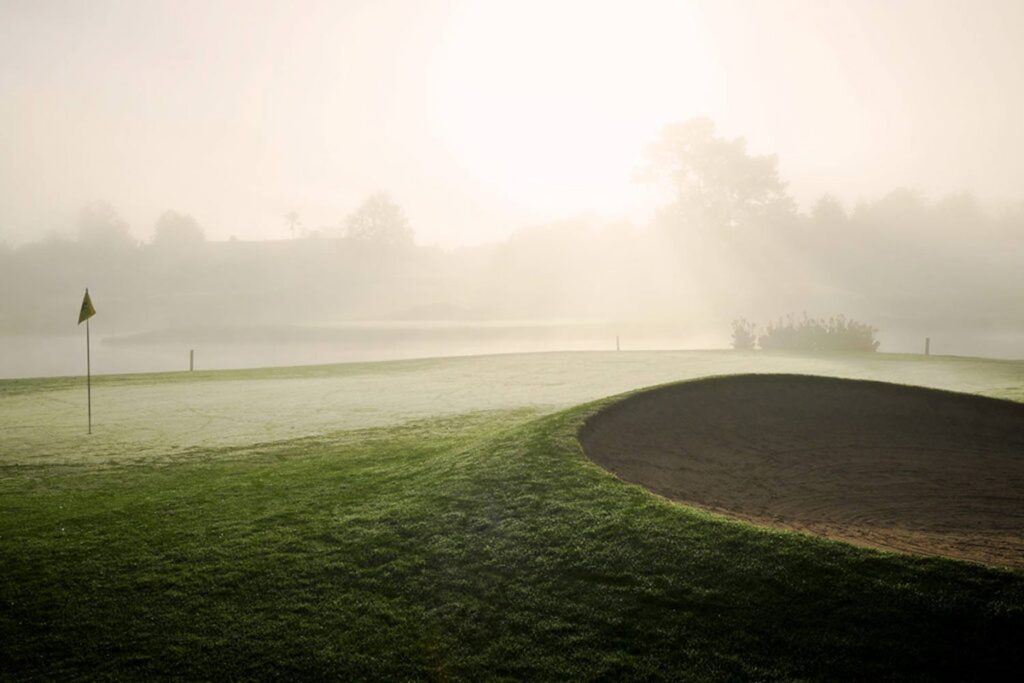


The Intersection of Golf and Martial Arts
In a quiet corner of the vast expanse of a golf course, a player stands with an seemingly unchanging serenity. Before him stretches the green and undulating landscape, dotted with challenging sand traps and serene lakes. In his hands, he holds a golf club, not as a mere tool, but as an extension of himself, a direct link between his mind and the course that lies before him. This is the essence of golf, a sport that, although not classified as a Martial Art, shares values and philosophies in common.
The analogy between golf and the martial arts might appear unusual at first glance, but beneath the gleaming surface of this sport lies a deep connection to self-discipline and self-responsibility. While martial arts have been associated for centuries with combat prowess and physical mastery, golf presents itself as an internal battle, a confrontation between the player and the course, between the mind and technique.
In a martial art, a martial artist becomes the sole architect of their own progress. There are no shortcuts, no excuses; each training, each practiced strike, is a rung on the ladder toward personal improvement. Similarly, in golf, the player faces a course that does not yield to imperfection. Each missed shot is a reminder that, in this sport, there is no room to blame others or external factors. Every decision and every move are determined by the player themselves.
Picture that player, once more in position, ready to execute a crucial shot. Silence hangs around him as he weighs the impact of his choices. It is in these moments that the true spirit of golf emerges. Just as a martial artist faces their fears and doubts in the midst of a fight, the golfer finds themselves alone with their thoughts. Which club to use? What angle is right? Each choice is vital, and each choice rests upon the player’s shoulders.
Self-awareness and emotional control are essential in both domains. If a martial artist lets anger or fear take hold, their focus will waver and their technique will suffer. Similarly, in golf, a tumultuous mind can turn a perfectly executed shot into a missed opportunity. The player must cultivate calmness and clarity, blocking out external distractions and staying the course.
We can then observe that, although golf doesn’t involve physical combat, it shares an internal struggle akin to that of a martial artist. The philosophy behind golf is as profound as the holes on the course. Just as a martial artist seeks the refinement of their craft, the golfer seeks perfection in their game. Focus, self-discipline, and constant self-improvement are the pillars that uphold both golf and the martial arts.
So, on a sunny day on the golf course, when a player stands before the vastness of the game that lies ahead, they know they’re engaging in something more than just a match. They’re continuing a tradition of personal challenge, of pursuing excellence, connecting their effort to philosophies rooted in the martial arts. In every swing, in every choice, the essence of self-discipline and personal responsibility is reflected. Thus, golf becomes a path where mind and body unite to create something greater than the game itself: an experience that transcends the course and delves into the essence of what it means to overcome oneself.
Conscious Breathing:
The practice of conscious breathing is a fundamental tool in the mental training of golfers, as it can have a significant impact on their performance on the field. Here, we delve into the details of how to teach and apply techniques of deep and mindful breathing to help golfers stay calm and relaxed, especially during moments of pressure:
Deep Breathing Techniques: Teaching golfers to breathe deeply involves taking slow and deep inhalations through the nose, filling the lungs completely, followed by controlled exhalations through the mouth. This technique helps oxygenate the body efficiently and reduce the sensation of stress.
Focus on Rhythm: By guiding golfers to maintain a steady rhythm of breathing, they are provided with an anchor for their attention during the game. Keeping a consistent rhythm of inhalation and exhalation can help maintain calm and concentration.
Muscular Relaxation: During exhalation, the emphasis can be on relaxing the muscles. Golfers can imagine that they are releasing any tension or accumulated stress in their body with each exhalation. This contributes to an overall sense of relaxation.
Stress Response: In moments of pressure, the body tends to react with a fight-or-flight response, which can negatively affect performance. Mindful breathing techniques can counteract this response, lowering heart rate and helping golfers maintain mental clarity.
Focusing on the Present: Conscious breathing is a practice that centers on the present moment. Instructing golfers to focus on their breath helps them disconnect from future thoughts or past concerns, which is essential for optimal performance in golf.
Pre and Post Shot Routines: Introducing conscious breathing into pre and post shot routines can help golfers establish a steady rhythm and calm their nerves before an important shot, as well as relax after executing it.
Improvement of Concentration through Guided Visualization in Golf:
Concentration is a crucial skill in golf, as a single wrong move can significantly impact the game’s outcome. Guided visualization can be a powerful tool to train and enhance golfers’ concentration. Here are more details on how it works:
Focus on Details: During guided visualization, golfers must imagine every detail of their swing, from the position of their feet to the movement of their hands and the trajectory of the ball. This demands a high level of attention to details, which trains the mind to focus on crucial aspects during actual gameplay.
Distraction Blocking: Regular practice of visualization helps golfers develop the ability to block external and internal distractions. As they hone the skill of creating clear and vivid mental images, they also increase their capacity to prevent irrelevant or negative thoughts from interfering with their concentration on the field.
Anxiety Control: Improved concentration through visualization can also aid in managing anxiety and nervousness. When golfers are immersed in the visualization process, they are training their minds to stay in the present moment and not worry about potential negative outcomes.
Maintaining the Flow: Concentration is essential to enter a state of flow, where golfers are fully absorbed in their game and perform optimally. Visualization can help develop the ability to be fully present in every movement and every stroke.
Application in Pressure Situations: Guided visualization can also assist golfers in facing pressure situations with greater calmness. Having practiced focus and concentration through visualization, they will be better equipped to remain composed and make informed decisions when confronted with pivotal moments on the course.
Guided Visualization in Golf:
Guided visualization involves golfers taking time before playing to close their eyes and mentally recreate the entire process of a perfect golf swing. Here are some ways in which it can be beneficial:
Building Confidence: By imagining the perfect swing over and over again, golfers can build confidence in their abilities. The mind doesn’t distinguish between what is real and what is imagined, so this consistent practice can generate a sense of certainty and competence.
Improved Concentration: Visualization compels golfers to focus on the finer details of the movement. This trains the mind to concentrate on important aspects and block out distractions, which can translate to better concentration during actual gameplay.
Learning Movement Patterns: Detailed visualization allows golfers to mentally practice the correct movement pattern repeatedly. This can help reinforce the neural pathways necessary for executing an effective and consistent swing.
Reduced Anxiety: By imagining game situations and mentally facing potential challenges, golfers can reduce anxiety and be better prepared to handle pressure situations on the course.
Mental Preparation: Visualization can be part of the pre-game routine. Similar to physical warm-up, visualization can warm up the mind, preparing it for the game and helping establish a positive mental state.
Error Correction: Visualization is also useful for correcting swing errors. Golfers can identify problematic areas during visualization and work on improving them mentally before facing them in reality.
Goal Reinforcement: Golfers can visualize achieving their goals, such as hitting a specific distance or achieving a certain level of accuracy. This can increase their motivation and focus to work towards those objectives.
The Zen Master and Professional Golf Coach are using Martial powers in golf, where they attain Mental and Physical Control as well as the inner power of our body through Ki breathing techniques and Zen Meditation, which allow them to control emotions and acquire the calmness and control to master the golf swing to a high degree.
He is the creator of the Short Line System, which allows mastering the initiation of the full swing by using the larger muscles, for which a habit is formed in training, creating a specific Muscle Memory at the beginning of the swing.
“Maximum Power and Control achieved while doing it.”


